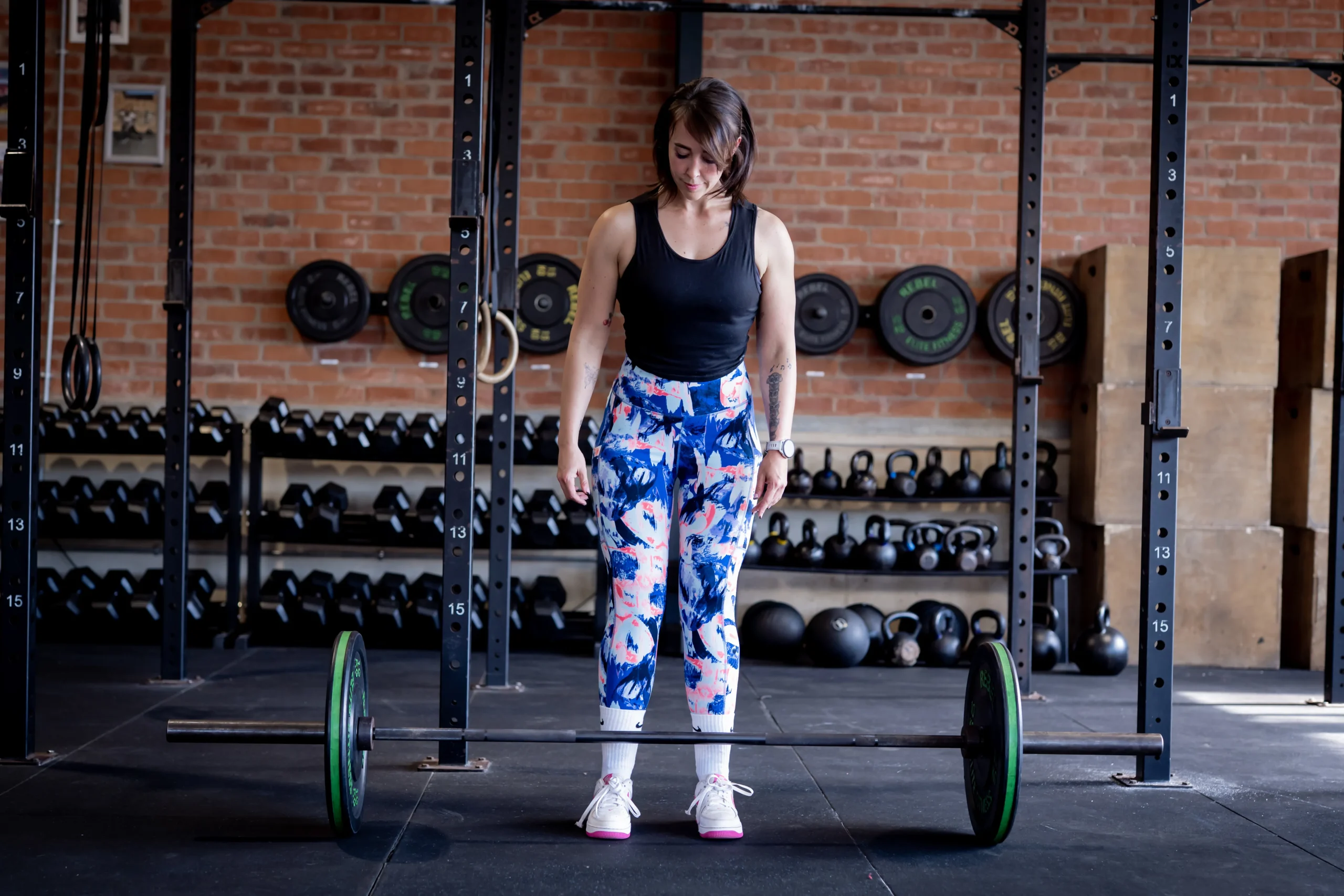My Story
It started subtly, a dip in energy here, a strange cramp there. But soon, the symptoms
snowballed.
My energy was so low, I could barely get through my day.
Cramps in my legs became a daily struggle.
My eyesight faded, leaving me with nothing but far-distance vision.
I was endlessly thirsty, yet no drink could quench it.
I craved fruit and fruit juice like never before.
And then came the unexplained weight loss.
Like many people say in these situations, I never thought it would happen to me.
But it did.
My pancreas had all but given up, and my blood sugar levels were dangerously high. A quick
test at the doctor’s office showed a reading of 22 mmol/L (The normal is between 4-6
mmol/L).
After a week of more tests, I was diagnosed with Type 1 Diabetes at the age of 32, October 2024.
That diagnosis marked the end of one chapter and the beginning of another, one I never
expected, but one I now embrace fully.
Suddenly, everything changed.
Insulin injections became part of my daily routine, before meals and again before bed.
I had to learn how to count carbs, understand how different foods affect my blood sugar, and
fine-tune how I started my day to maintain balance.
It wasn’t just about managing diabetes. It was about adapting to an entirely new way of
living.
What made this transition a little easier?
The foundation I already had in place, a genuine love for movement, for strength training,
and for nutrition.
I was already someone who moved her body every day. That didn’t change, it just became
more intentional.
What started as a mission to motivate and inspire others in the fitness industry, through
movement, nutrition, and lifestyle, has evolved into something much deeper. It’s now clear
that my life’s purpose goes beyond just fitness. It’s about helping others take control of their
health by not only moving better and eating well, but also by learning to manage and
stabilize their blood sugar levels.
Understanding the difference between type 1 and type 2 diabetes
Same same… but very different.
At first glance, Type 1 and Type 2 diabetes might seem similar; they both affect how the
body regulates blood sugar, but the causes, treatment, and long-term management are quite
different.
Type 1 Diabetes:
In Type 1 diabetes, the pancreas stops producing insulin altogether. This is usually due to an
autoimmune response where the body mistakenly attacks the insulin-producing cells.
Because the body can no longer produce insulin, daily insulin injections are required to
manage blood sugar especially after eating carbohydrates, which cause blood sugar to
spike.
This form of diabetes is typically diagnosed in childhood or early adulthood, but it can
develop at any age. It is not linked to lifestyle and cannot be reversed. People with Type 1
need to learn how to balance insulin with food, exercise, and stress to maintain stable blood
sugar levels.
Type 2 Diabetes:
Type 2 diabetes, on the other hand, is often the result of insulin resistance when the body’s
cells no longer respond properly to insulin. In the early stages, the pancreas tries to
compensate by producing more insulin, but over time, it can’t keep up, and blood sugar
levels begin to rise.
Unlike Type 1, Type 2 diabetes is largely influenced by lifestyle factors such as diet, physical
activity, and weight. It is most commonly diagnosed in adults, but rates are rising in younger
populations as well. The good news? Type 2 diabetes can often be managed or even
reversed with lifestyle changes such as healthy eating, regular exercise, and weight loss.
Are the symptoms the same for type 1 and type 2 diabetes
There is some overlap, but there are also key differences due to how each condition
develops.
Shared Symptoms:
● Excessive thirst (polydipsia)
● Frequent urination (polyuria)
● Fatigue
● Blurred vision
● Slow-healing wounds
● Increased hunger
● Fruit and Fruit juice cravings
● Muscle cramps
More common in Type 1:
● Rapid and unexplained weight loss
● Sudden onset of symptoms (often over days or weeks)
● Nausea or vomiting (in cases of diabetic ketoacidosis)
More common in Type 2:
● Gradual onset of symptoms (may go unnoticed for years)
● Tingling or numbness in hands/feet (due to long-term nerve damage)
● Skin infections or darkened areas of skin (like acanthosis nigricans)
Written by: Kirsten Van Der Merwe
@oracle_method

